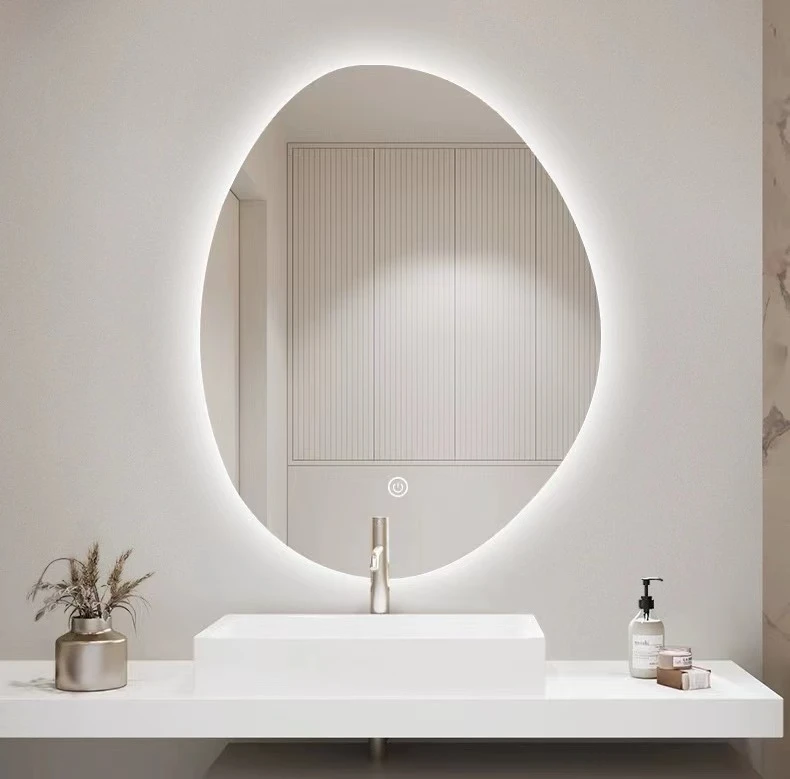

The Allure of Black Reflective Glass A Modern Architectural Element
In the world of contemporary architecture and design, materials play a crucial role in shaping the aesthetic and functional qualities of buildings. Among these, black reflective glass has emerged as a stunning choice that blends elegance with utility. This innovative material is used extensively in residential, commercial, and institutional structures, providing a striking visual impact while serving multiple practical purposes.
Aesthetic Appeal
Black reflective glass is known for its sleek and modern appearance. It creates a striking visual contrast against natural landscapes and urban environments, allowing buildings to stand out in sophisticated ways. The reflective quality of the glass creates a dynamic interplay between the structure and its surroundings, mirroring the environment while simultaneously asserting its presence. This dramatic effect can evoke feelings of depth and intrigue, inviting viewers to engage with the structure in a deeper way.
The use of black reflective glass can also enhance the overall design narrative of a building. Architects often choose this material to convey a sense of luxury and modernity. Whether in the form of towering office buildings, chic restaurants, or private residences, the use of black reflective glass can elevate the design aesthetic, turning an ordinary structure into an extraordinary piece of art.
Practical Benefits
Beyond its aesthetic properties, black reflective glass also offers numerous practical advantages. One of the most significant benefits is its ability to control heat and light entering a building. The reflective surface helps reduce the amount of solar heat gain, which can be particularly advantageous in warmer climates. By minimizing heat absorption, black reflective glass contributes to energy efficiency, reducing reliance on air conditioning and thus lowering energy costs.
Additionally, the use of black reflective glass enhances privacy without sacrificing natural light
. While the glass reflects external views, it allows ample daylight to fill the interior spaces, creating a bright and inviting atmosphere. This unique feature makes it an attractive option for both residential and commercial buildings, providing occupants with a comfortable environment while shielding them from prying eyes.
Sustainability Considerations
In recent years, sustainability has become a major focus in architecture, and black reflective glass aligns well with these goals. Many manufacturers produce this type of glass using eco-friendly processes and materials, ensuring that they contribute to the overall reduction of carbon footprints. Moreover, because of its energy-efficient properties, buildings clad in black reflective glass often achieve higher sustainability ratings, which is beneficial for both the environment and the owners in the long run.
Challenges and Considerations
Despite its numerous advantages, the use of black reflective glass is not without challenges. One major concern is its impact on local wildlife, particularly birds that may misinterpret the reflective surfaces as open sky, leading to dangerous collisions. To mitigate this issue, architects and designers must be mindful of placement and incorporate strategies that make the glass more visible, such as patterns or screen printing.
Moreover, the maintenance of black reflective glass is crucial to preserving its aesthetic qualities. While it can conceal dirt and smudges to some extent, regular cleaning is necessary to maintain the high sheen and reflectivity that makes it so desirable. Building owners and managers must factor in these maintenance needs into their budgets and timelines.
Conclusion
In summary, black reflective glass is more than just a trendy design choice; it is a multifunctional material that transforms the way we perceive and interact with our built environments. By combining striking aesthetics with practical advantages in energy efficiency and privacy, it has solidified its place in modern architecture. As we move toward a future where sustainability and design go hand in hand, black reflective glass stands out as a clear choice for those looking to merge beauty with responsibility. Whether used in a towering skyscraper or a cozy home, this innovative material continues to inspire and captivate, leaving an indelible mark on the architectural landscape.